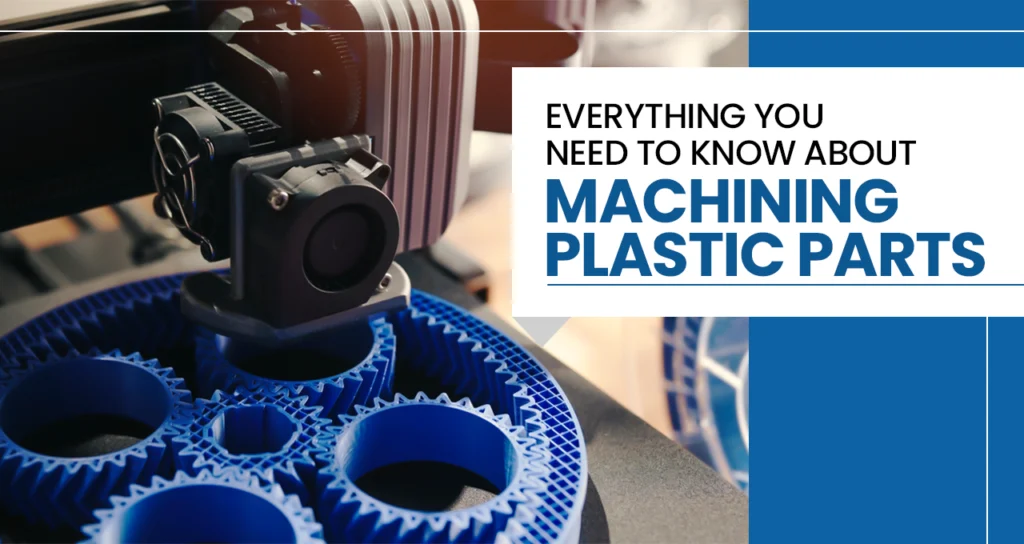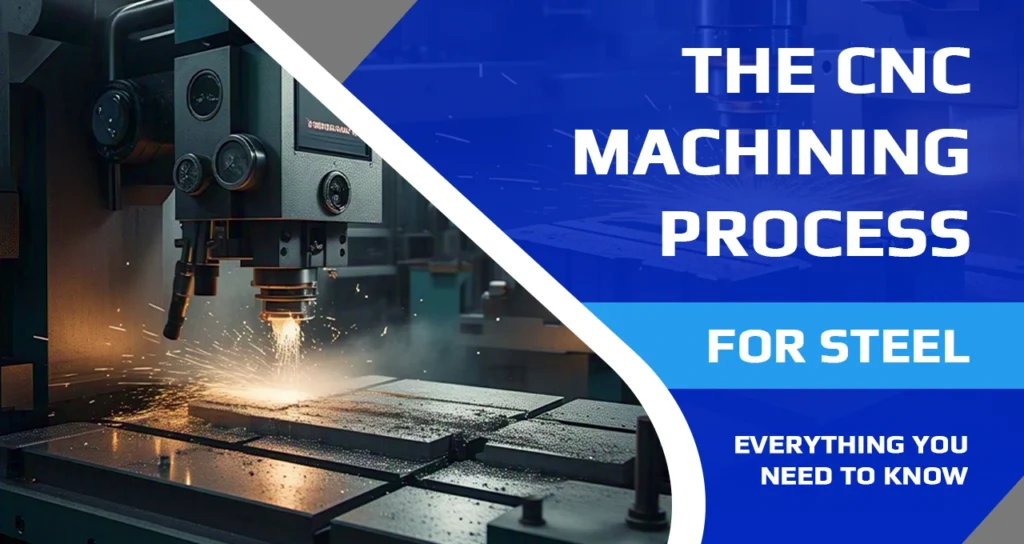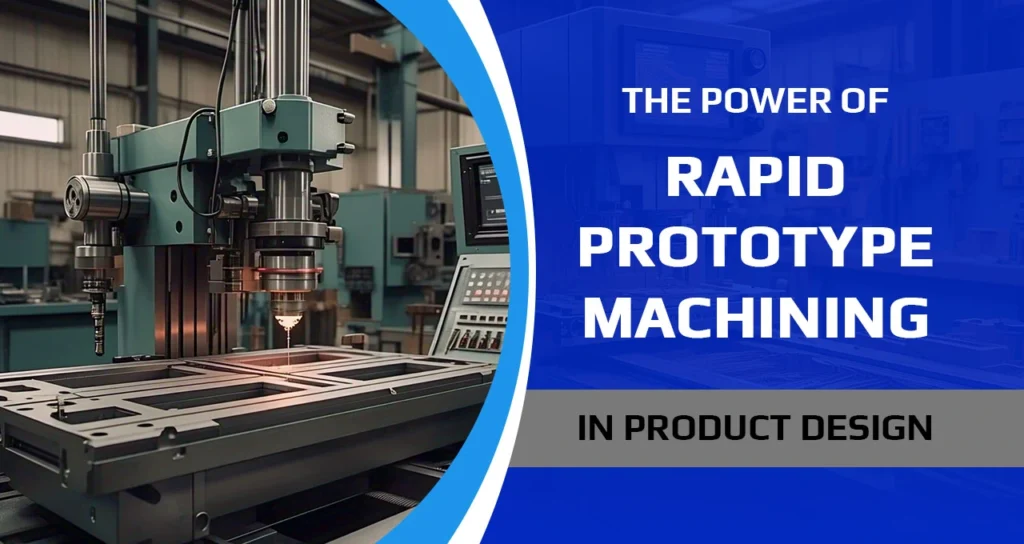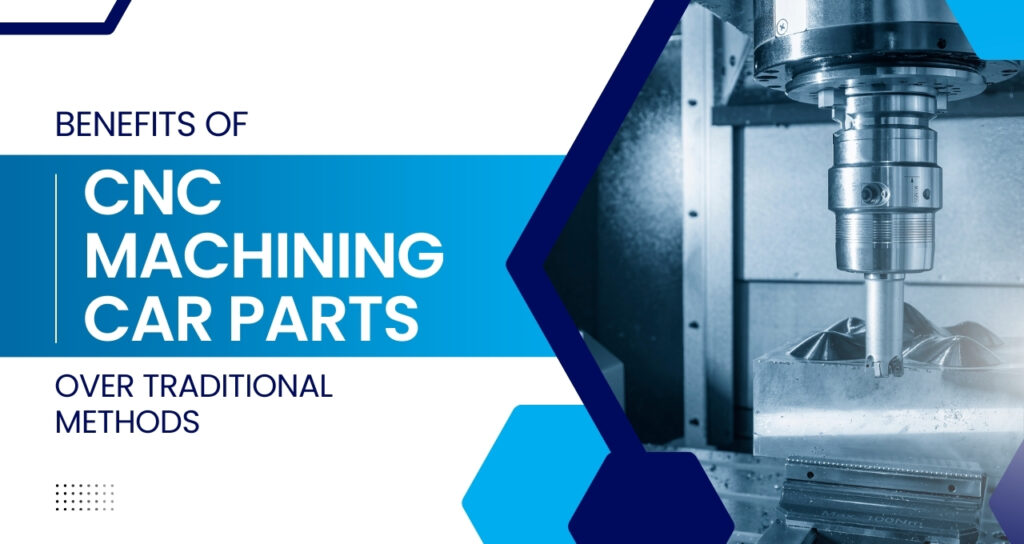Speaking of product development prototyping, the digital manufacturing process is in high demand among top-grade and high-tech enterprises, such as 3D prototyping companies, rapid sheet metal proto labs, prototype packing, and so on. So, if you are going for product manufacturing services, have a clear idea of the differences between sheet metal fabrication and CNC machining to ensure informed decision-making.
In the digital manufacturing process, both procedures involve manufacturing parts out of metals. Don’t they sound the same? Actually, not at all! In today’s blog, we are going to answer how. Have a look!
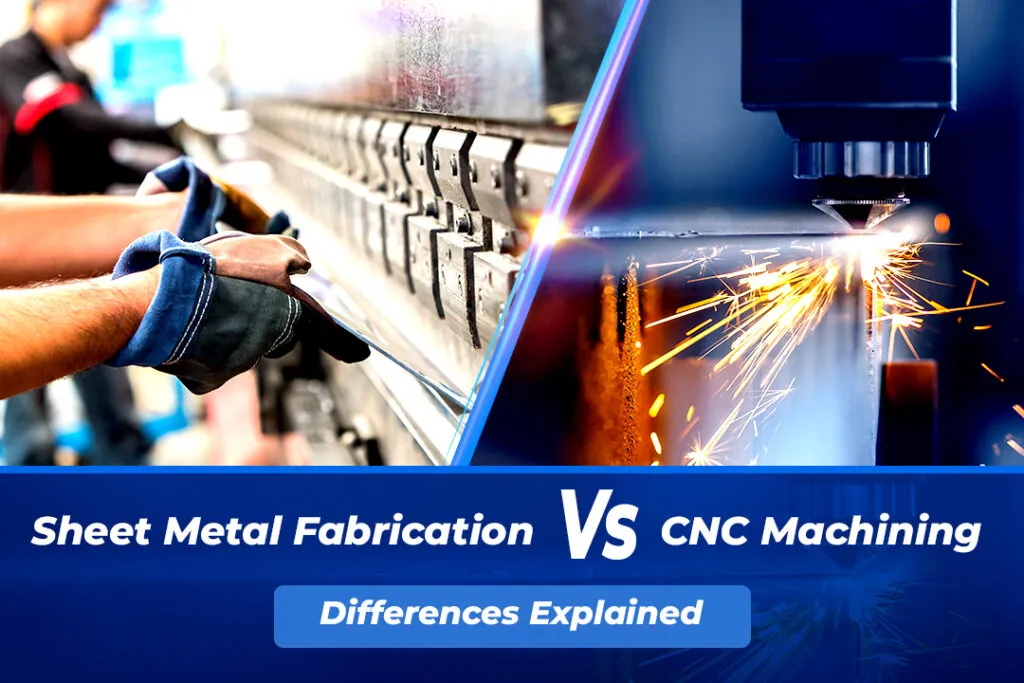
What Are the Differences Between Rapid Sheet Metal Fabrication?
To identify the differences, let’s start with the basics of sheet metal fabrication.
Sheet Metal Fabrication
This process combines various manufacturing techniques for operating rapid sheet metal parts to create prototypes and working parts. The manufacturers use thicker sheets for high-stress applications and thinner sheets for high-malleability. Custom sheet metal fabrication is ideal for developing products, including hollow spaces or flatness in the part design.
Sheet metal fabrication involves three steps- Tooling analysis, process routing generation, and equipment programming to ensure precision during fabrication techniques, such as sheet metal cutting, sheet metal forming, or sheet metal assembly.
- Sheet metal cutting methods involve laser cutting and piercing.
- Sheet metal forming comes with different manufacturing processes to manipulate the sheet metal without cutting it.
- Sheet metal assembly includes welding and melting of two metal components.
CNC Machining
CNC i.e. Computer Numerical Control, is the base of today’s precision matching procedure for product development. Generally, skilled operators program a CNC machine to operate its cutting tool to the dimensions pre-programmed. It ensures cutting the materials into precise parts with complicated features and high tolerances.
In this manufacturing process, the experts work with metals and other materials, such as aluminum, stainless steel, tungsten, and more. Also, many companies use top-tier software to ensure accuracy for CNC machining processes, especially for aerospace and medical industries.
CNC machining procedure includes different techniques, such as CNC milling, CNC turning, and multi-axis like 3, 4, or even 5-axis CNC machining.
- CNC milling allows one to design a product with different cutting results by applying different pressure levels, angles, tool speeds, and cutting directions.
- CNC turning creates intricate parts combining its taper and straight turning methods, threading, parting, grooving, and knurling.
- For complex features and shapes, multi-axis CNC machining is an ideal option for milling and turning.
Yet, the differences we find between the basics of CNC machining and custom sheet metal fabrication are the following:
- Metal sheet fabrication starts with a roll or sheet, while CNC machining begins with a solid material block.
- The fabrication process involves adding or removing materials through casting, forming, or joining them, but CNC machining uses different machines to shape and cut materials by removing them.
- The CNC machining process is quite similar to a sculptor, where the experts design the part carving out from a block of material, whereas the fabrication procedure is like origami, where the manufacturers turn the material into usable shapes through folding and bending.
Bottom Line
We hope this guide will help you choose the right manufacturing process for your product design. Now, whether you choose custom sheet metal fabrication or CNC machining for your product development procedure, we can get you all covered.

